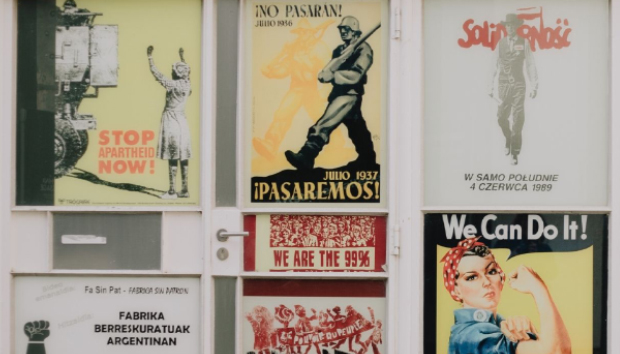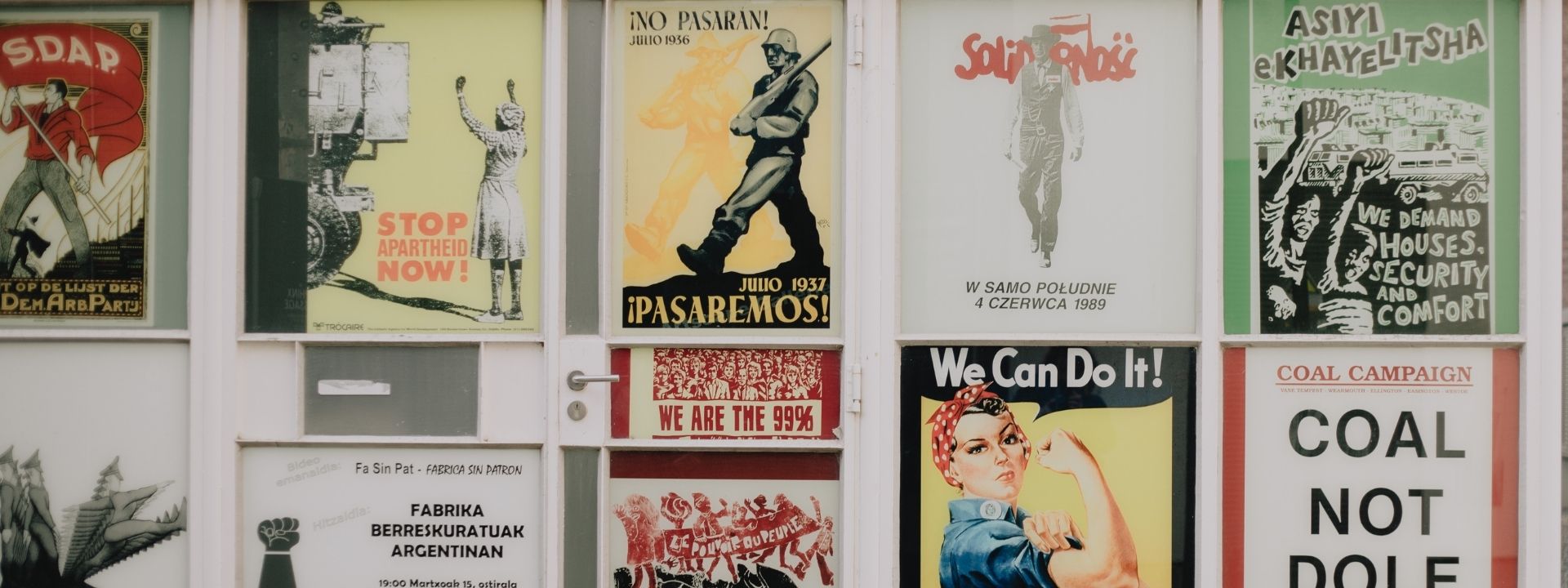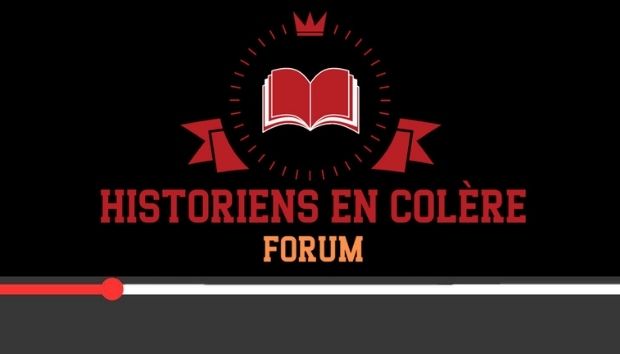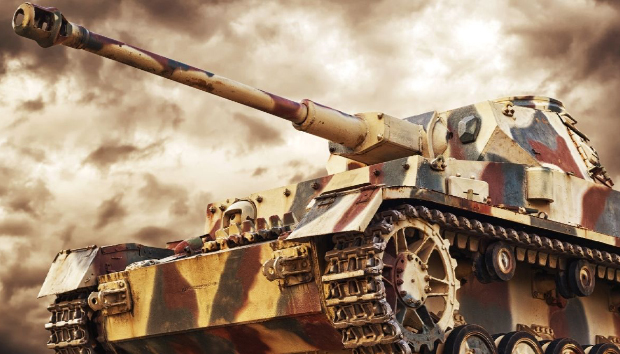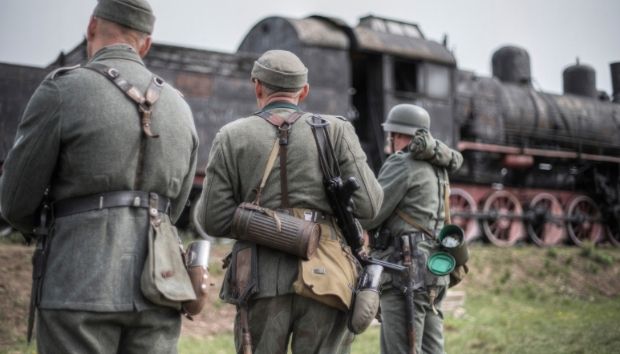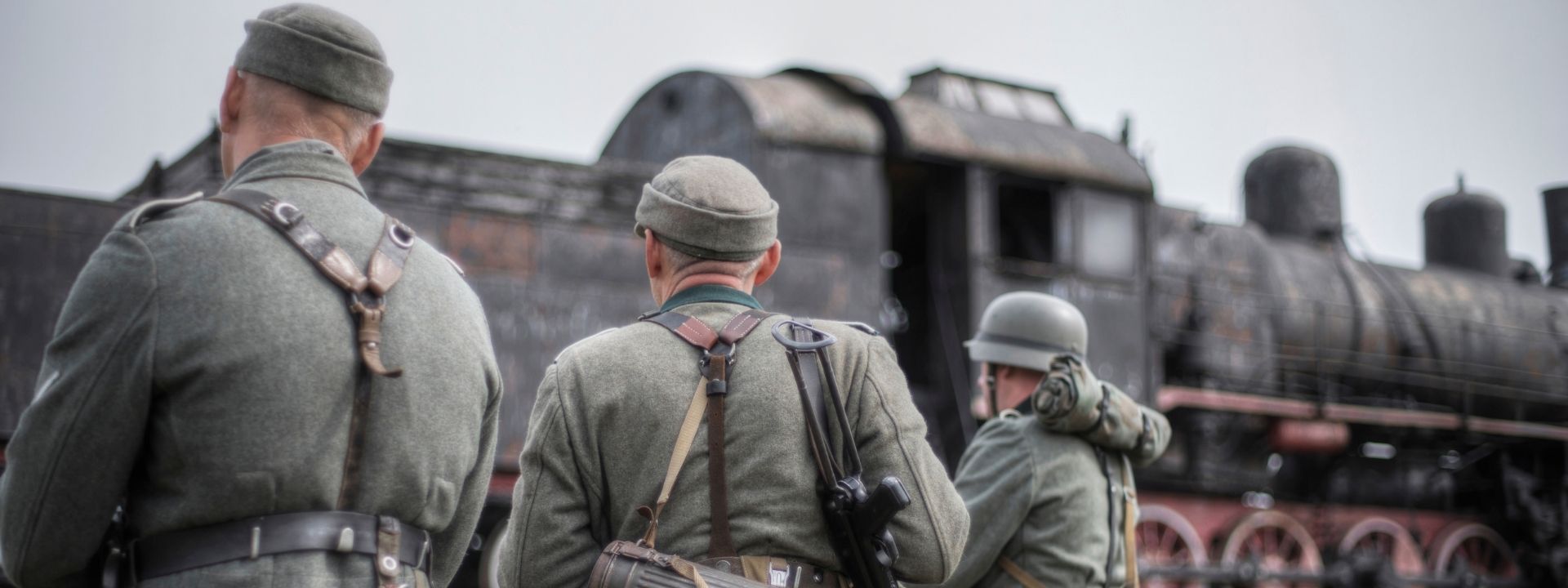The proofs of the theft of General Gamelin’s archives by the French Government

The proofs of the theft of General Gamelin’s archives by the French Government
General Gamelin’s personal archives, including the Journal de Marche du Cabinet Gamelin, made up of several volumes representing approximately 3,000 pages, in which he had noted his day-to-day activities until his dismissal, suffered the same fate as thousands of compromising archives since his notebooks and personal diaries contained in two large trunks, were stolen in the absence of his wife, by an officer sent by the Ministry of Defense, less than an hour after the death of General Gamelin at the Val de Grâce hospital – and even before Mme Gamelin was notified – this was just before the officers of the Vincennes archives could come and affix the seals to the doors of the accommodation.
Among the many witnesses to this theft, General de Cossé Brissac, in charge at the time of the Army archives, wrote a letter for the British historian Martin Alexander, summarizing the facts quite well.
Other witnesses, including the son of General Petibon, aide-de-camp to the Generalissimo, and Colonel Le Goyet, another guardian of the archives and author of a well-known biography of the Generalissimo entitled Le Mystère Gamelin, attested to the existence of these documents.
Let’s start with how General de Cossé Brissac presented the facts:
APPENDIX DOCUMENT No. 1
Letter of April 6, 1983 from General de Cossé Brissac to Mr. Martin Alexander of the History Department of the University of Southampton, following the theft of the Journal de marche du Cabinet Gamelin.
Mr Doctor,
I received your substantial letter of March 23, 1983. I know your high historical qualifications and I am very honored that Mr. Jean Vanwelkenhuyzen reported my name to you.
I read you with great attention and interest. This reading inclines me to admit the probability of the existence, then the disappearance, of a “Journal de marche” of Cabinet Gamelin.
I effectively headed the Army Historical Service at the Château de Vincennes, from 1953 to 1966 – on the death of the late Xavier de Virieu.
To my great regret, I cannot give you testimony different from that of Lieutenant-Colonel Le Goyet and Lieutenant Cadilhon, then in charge of our contemporary section, who took charge of the general’s documents, after the seals were lifted.
I remember having learned, quite by chance, from an unofficial source, the seizure of General Gamelin’s archives, at his home, by a team that I suppose was ministerial, immediately after the general’s death at the hospital in the Val de Grace. Death that the General was still unaware of.
Shocked by the brutality and incorrectness of such a process, I then had it at heart to let the Gamelin family know that our Historical Service was foreign to this measure.
I myself attended the general’s funeral at Val de Grace. When the seized papers were handed over to Lieutenant-Colonel Le Goyet, representative of the Historical Service, I reiterated to the family my concern to satisfy any requests they may have, within the framework of our regulations.
Lieutenant-Colonel Le Goyet reported to me, at the time, on the lifting of the seals which he had attended and on the inventory of the documents received, then drawn up by him.
I’m sure there was no trace of the March Diary, which you assume not without reason, the existence, then the disappearance.
I admit that your presentation makes me regret today not having shown more curiosity.
It is true that my previous work on the Second World War had mainly oriented me towards the German archives, and very little towards those of the former generalissimo.
Above all, we must not forget the circumstances that closely followed the death of General Gamelin: The collapse of a regime, the appearance of a new power with all the changes of teams, following this complete governmental renovation.
You will not be surprised, I hope, that I entrust the delivery of this letter to my friend and distant successor, General Delmas, who must not be unaware of its content.
Charles de Cosse Brissac
DOCUMENT N° 2
Excerpt from Volume No. 6 of the series The Great Lie of the 20th Century: The End of the Mysteries?
The Gamelin’s “papers”
“On January 21, 1958, General Gamelin, following a bad fall, was hospitalized in Val de Grâce. He is nearly eighty-six years old and his condition is serious. In his little room he will live three months of long agony. (-) He died on April 18 and Mrs. Gamelin had the painful surprise, on returning from Val de Grace, to find that the seals were affixed to the general’s office at her home, 55 avenue Foch in Paris. The Minister of National Defence, through the police commissioner of the 16th arrondissement, strictly enforced the regulatory texts (affixing seals). Colonel Consigny represented the Minister. »
We now know the exact circumstances of this “regulatory” application of the seals, since Colonel Consigny, who had had the apartment opened to him by the concierge in the absence of Mme Gamelin, was the only one who could have stolen the Journal walk and the general’s personal notebooks just before they are put down.
It was therefore only on June 4, nearly two months after the affixing of these seals, that Colonel Le Goyet took possession of what remained of the general’s archives: “On April 30, 1958, a ministerial decision prescribed Army Historical Service to assist a military magistrate in unsealing and recovering documents belonging to the Departments of National Defense and Foreign Affairs. I am designated to accomplish this mission, Lieutenant Cadilhon and Chief Warrant Officer Brun accompany me. The operation took place on June 4, 1958, in the presence of Magistrate Colonel Jallut, the 3rd class steward Falcout, the police commissioner of the 16th arrondissement in uniform, Madame Gamelin, two family members and an attorney. Everything is disorder… Papers taken out of drawers are scattered, others are piled up on the ground, others in dusty canteens… In silence we begin the first sorting. After an hour, I intervene with Colonel Jallut and suggest that he transport everything to Vincennes to the Historical Service of the Army with the agreement of Mrs. Gamelin and General de Cossé-Brissac. After having received the assurance that all papers that are strictly personal, or that have no historical interest, will be returned to her, and after having taken the advice of her solicitor, Mme Gamelin accepts. All the documents are boxed and loaded into a van. End of quote (Le Goyet The Gamelin Mystery page 369, 370, 371).
Thus, starting from the principle that a man in charge of collecting, studying, then classifying the archives of a general having commanded in chief cannot ignore the importance of his Journal de marche and his personal notebooks which are the major pieces , how to explain that this senior official, in his biography of General Gamelin, does not mention their disappearance???
That he is content, without further comment, to report the presence of Colonel Consigny on April 18?
That he does not mention Mrs Gamelin’s complaints to General de Cossé Brissac and the latter’s letter of apology formally acknowledging the theft perpetrated before the affixing of the seals, then prefers to describe the generalissimo’s office completely put upside down by this hasty excavation, as if it were the normal state of the place?
As for the reason for which he was chosen to see to the classification and proper recording of these archives, certain gossips, after noting the zeal with which he contributed to the writing of the official Bible, were able to see in it an excellent means of to filter these documents again, in case some pieces could have escaped Colonel Consigny, sent by Mr. Chaban Delmas at that time Minister of War in the government of Mr. Félix Gaillard.
The reader will therefore not be surprised that the recordings and reports written during the day of May 15, 1940 following the betrayal of the Georges – Billotte tandem, have also “disappeared” from the history of this battle, or that the testimonies and reports of “Sedan Ghost Tanks” being altered or “blowing away”.
Ultimately, and regardless of this new historical sleight of hand, one thing is certain: This testimony gives us the assurance that all the documents on this battle, stolen or not, and in particular those concerning the role that the Generalissimo held there, are currently in the possession of the French State, since General Gamelin took good care to specify that he was able to dispose of all his archives in order to write his Souvenirs: “In particular, I must review closely a whole series of notes carefully recorded day by day, by myself or by my staff. (-) I took care to accompany my notes and memoirs with all the supporting documents that I could find in the archives of my former private staff. I wanted these documents to be filed in the trial file. Well took it from me, because some of them were destroyed by the military authorities who had custody of them, (emphasis mine) when the Germans entered the free zone on November 11, 1942 “
Decidedly, it seems to be a mania for destroying archives among our military, and we now understand when these “authorities” were able to destroy all the documents having any connection with the information provided by Roessler and the others.
Morotte of the destruction that Gamelin must have known since: “fortunately I had double the essential originals. (-) My archives have been carefully preserved, almost complete, but I had to put them away as long as France was occupied by the Germans. There are also facts, or opinions, which it is better to expose only with a certain distance and when the passions aroused by the crises we are going through have lost their acuity. »
End of quote (Gamelin Servir Tome 1 Introduction page II)
And the report is clear… Apparently the “passions” are not cooled.
Knowing that the double of these documents was destroyed by the French when the Germans entered the free zone on November 11, 1942, and that it is appropriate to add to all these “unfortunate” disappearances the thousands of archives seized by the “allies Anglo-Saxons” who, according to my personal conclusions, still serve to exert the blackmail essential to the maintenance of the “family secret”, one will not be surprised at the ease with which the thesis of illogicality was able to impose itself.

